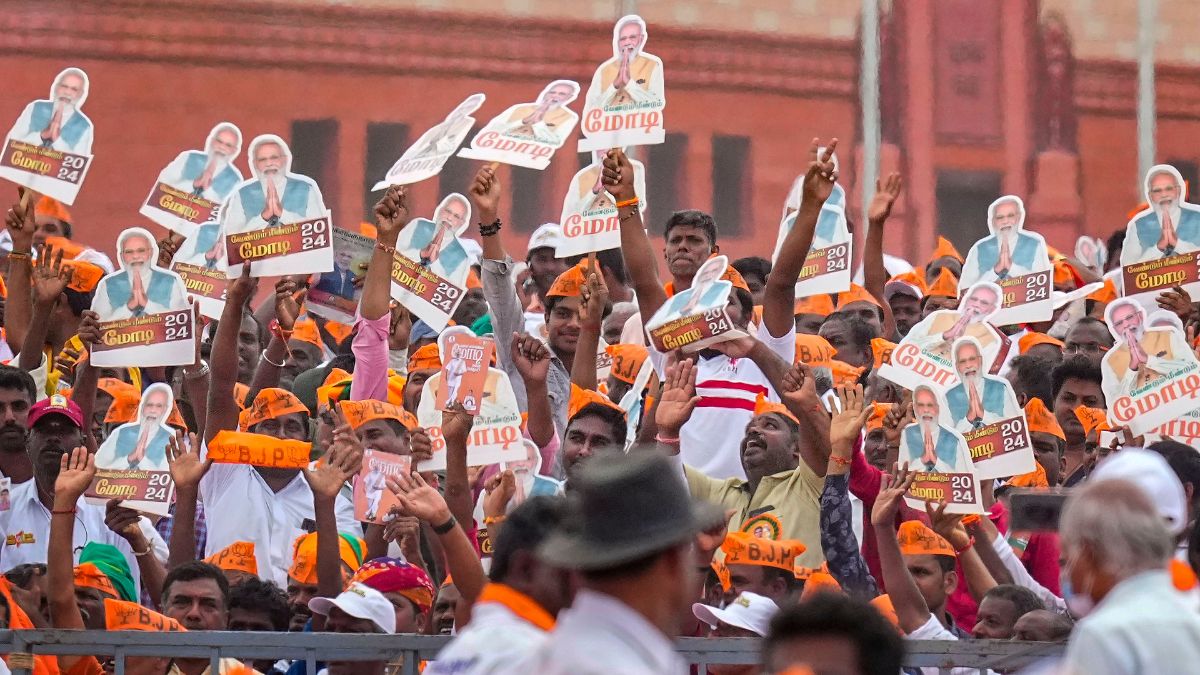There’s change at Standard Chartered. The British bank, which recently integrated its wholesale and consumer businesses, created a new role to drive marketing. The bank’s regional head for South Asia and chief marketing officer for Consumer Bank, Sanjeeb Chaudhuri, will now be its first global CMO and head of brand. He spoke with Animesh Das about mobile marketing, leveraging the association with football club Liverpool and more.
Read the excerpts below:
Animesh: How different is building the Standard Chartered brand in India as opposed to any other country?
Chaudhuri: The challenge or the opportunity for us isn’t really different in India than any other market. The good news is that brand Standard Chartered has a 150-year-old heritage across most markets, be it Asia, the Middle East or Africa. That gives us some huge ‘going-in’ advantage thanks to its phenomenal legacy. The opportunity we see as marketing professionals responsible for the brand is to ensure that we build on that legacy; we need to see it through to the next 150 years.
Animesh: Does India pose any challenges that are particular to this country?
Chaudhuri: Yes, it definitely does. We are unique, but we are not. Having worked around the world in different markets including India, and being Indian, I can say that the consumer is not very different in different parts of the world. It is the stage of economic evolution across markets that varies, which means we have to make slight adjustments to the media mix, tonality of the message. But our basic brand positioning, which is ‘Here for good’, does not change.
Animesh: What are these slight adjustments that you have to make?
Chaudhuri: Sometimes we have to make some specific choices in media selection. For instance, India is now very digitally advanced. Hence, we use a lot of digital marketing, mobile marketing and social media. However, in some markets like Africa, digital isn’t that advanced yet, which means we have to depend a lot more on offline marketing. Those are basically the kind of adjustments one must make from market to market.
Animesh: Could you give us an understanding of how Standard Chartered is using digital in India?
Chaudhuri: First off, I think consumers are increasingly living digital. This is a phenomenon around the world that began in the West a few years ago. However, markets like India have come up the curve very rapidly. Within that construct, we at Standard Chartered decided a while back that the basic use of the digital medium is for two things: One being servicing customers; it is increasingly possible for customers to write in if they have a problem or a service request. This is through online or social media. But before we rolled that out, we obviously meant building a special capability since we cannot answer specific queries on a public forum. So we need to take the consumer offline from social media, solve his problem and then bring him back.
Secondly, we built things for us to acquire new customers or to service existing customers using digital or mobile channels. As to what proportion we employ digital, the answer to that is changing every day and every minute, in market after market.
For example, in markets like Hong Kong and Singapore that are more advanced, the ratio has reached 40% a long time back, whereas markets like India and China are nudging at those levels in just the two -three years they have sorted their digital journey. All in all, digital is a very big agenda for us.
Animesh: This leads me to a question on the talent you are working with - your own marketing team and the agencies you work with. What are your changing expectations from these teams?
Chaudhuri: That is a very good and perceptive question. What we clearly need, even for marketers who are not directly involved with digital marketing, is a whole cadre of managers who are digitally aware even if not digitally savvy. This is something marketing organizations need to ensure - that an increasing number of their executives, managers and senior managers become more digitally aware.
The second question is about people we work with - the profile of the people we have in our product organizations or our brand and marketing organizations is increasingly changing to people who are more digitally savvy.
Animesh: You have considerably invested in football associations, with your association with Liverpool leading the charge. Having said that, you have done very little in India, considering there is a sizeable amount of interest in the Premier League at the moment. Will we see this changing?
Chaudhuri: As you have rightly pointed out, I have been very surprised with the interest in the English Premier League this time around. It surely wasn’t the case about 10-15 years ago. From this year onwards or maybe since the last few months, we had started investing in India not just in promoting the fact that we are now sponsoring Liverpool but in a 360 way of what can happen as a result.
For instance, we have a lot of events for our customers who can participate in the magic of football through this Liverpool association. Another thing we have started doing is to leverage social media. This was after we realized how big sports are on the medium. We created a capability called ‘This Is Our Home Ground’ which has become an important portal garnering hundreds and thousands of hits. People write stuff, share content; it has become a very exciting place to be.
So whatever we do, whether it is events or generic advertising or marketing, is being integrated into a combined capability across what we call the ‘brand and marketing organization’. This is quite an interesting and radical thing we have done compared to any other organizations. The various parts of marketing activities, that were hitherto in silos, have now been integrated.
)
)
)
)
)